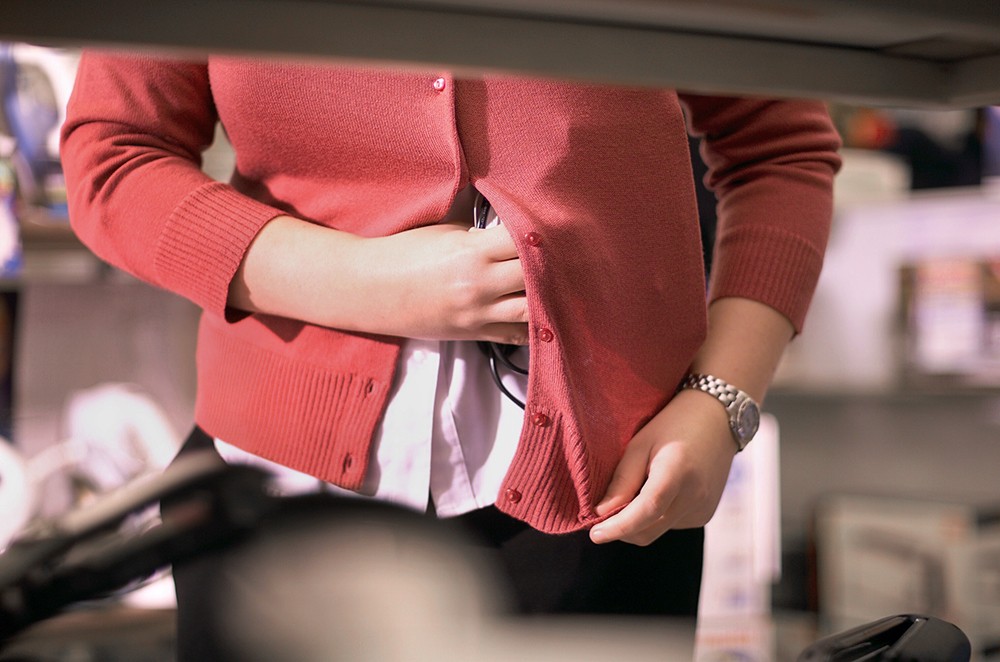
NRF predicts ‘strong’ holiday season ahead
The National Retail Federation has released an optimistic forecast for the holiday season ahead, with their annual predictions indicating retail sales will increase between 3.8 percent and 4.2 percent compared to 2018.
Should their estimates prove correct, it will see a $727.9 billion to $730.7 billion windfall for the retail sector over the coming months.
Here’s an insight into what the NRF expects will occur in retail over the winter holiday sales period.
Greater than average sales activity
This year shoppers are expected to dig deeper into their pockets than usual between November 1 and December 31, with the NRF predicting growth of 3.8 to 4.2 per cent.
This compares to average growth of 3.7 per cent over the past five years and comes on the back of a poor performance in 2018, when the government shutdown, increased interest rates and initial discussion of tariffs saw growth of only 2.1 per cent.
The NRF notes this year’s improved outlook indicates consumers are enjoying better financial conditions. However, their predictions are tempered by consumer uncertainty over trade issues, interest rates, global risk factors, and political rhetoric.
“The US economy is continuing to grow, and consumer spending is still the primary engine behind that growth,” NRF President and CEO Matthew Shay said.
“Consumers are in good financial shape and retailers expect a strong holiday season. However, confidence could be eroded by the continued deterioration of these and other variables.”
Ultimately, increased spending could result in an additional $26.7 to $29.5 billion in the retail industry’s coffers compared to last year.
In 2018, the holiday season delivered $701.2 billion in spending, compared to an expected $727.9 to 730.7 billion in 2019.
Higher growth for online retailers
The online retail sector is expected to enjoy a boost far above the average increased sales activity, with the NRF predicting online and other non-store sales will increase by 11 to 14 per cent.
This would see online enjoy a $162.6 billion to $166.9 billion slice of the retail pie, up from $146.5 billion last year.
Mr Shay noted online sales would represent approximately 20 per cent of the holiday season forecast, with online purchasing spiking in the lead-up to Christmas from standard average percentages of just 10 per cent of all retail sales.
Holiday hiring

Hiring is expected to vary compared to 2018, with the NRF predicting between 530,000 and 590,000 temporary workers will be employed, compared to 554,000 in 2018.
However, NRF Chief Economist Jack Kleinhenz noted those figures differ from previous years, with many more retailers directing their labor force to warehousing and order fulfillment, which are sectors experiencing high growth.
Winners and losers
In a media call regarding the season’s predictions, Mr Shay also addressed the issue of winners and losers for the peak retail period ahead.
He noted retailers likely to enjoy the best results included those who had invested in strategies like:
- Consumer engagement
- Convenience
- Easy shipping
- Supply chain efficiencies
- Order fulfillment
- The blending of the physical and the digital in a seamless and frictionless way such as buy online, pick up instore
- The instore experience
The popularity factor
Meanwhile, Mr Shay noted some verticals also tended to prove more popular than others throughout the festive season.
“Consumers find the following categories enormously popular: they go to discount stores, they go to department stores, they go to electronics stores, they go to apparel stores. They’re buying gift cards, they’re buying electronics and they’re buying toys. So, there’s a wide variety of categories and segments that are going to be heavily trafficked this year.”
Mr Shay also confirmed the holiday season appeared to be evolving, with consumers shopping both earlier and later.
He explained value-conscious consumers were often seeking bargains earlier, and retailers were looking to assist to capture market share.
Meanwhile, at the other end of the spectrum, improved order fulfilment and fast shipping times mean some purchasers are leaving their shopping until the very last minute.
“It’s getting interesting at both ends of that barbell with shopping occurring both further out and later.”


